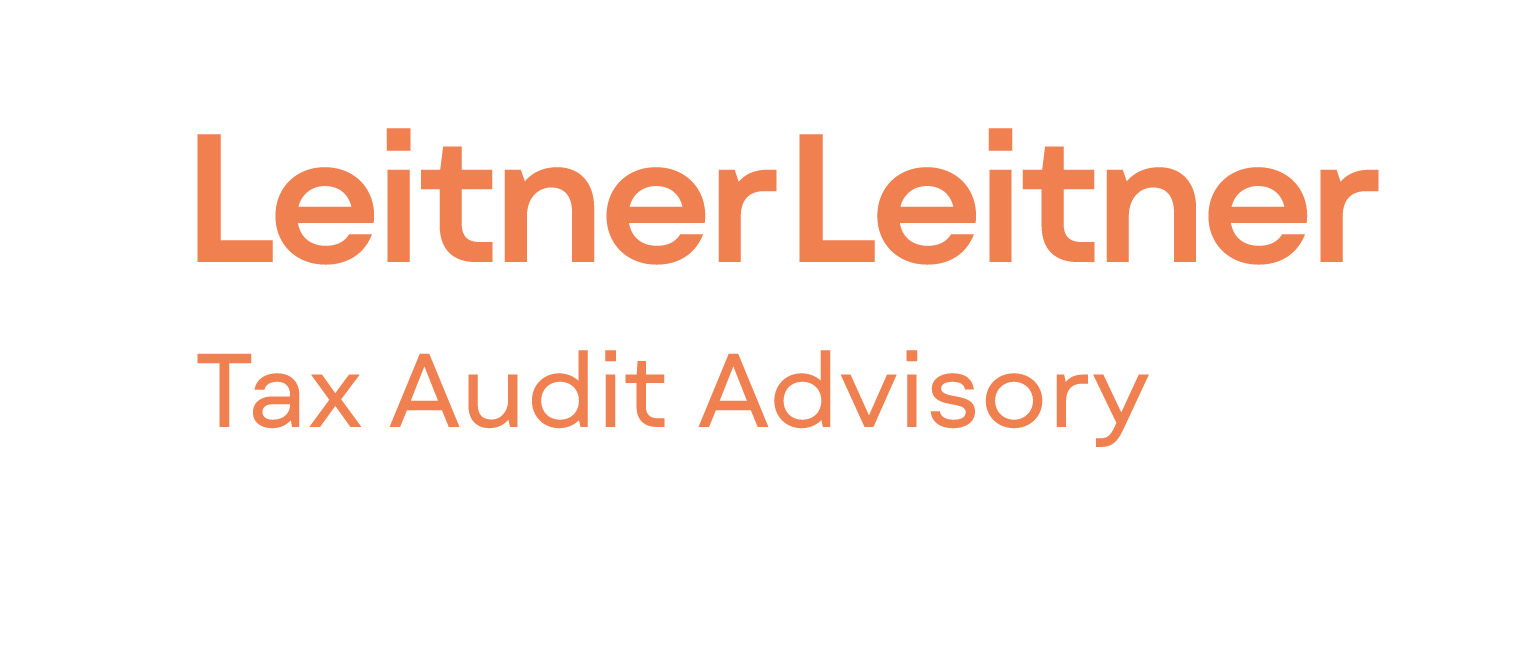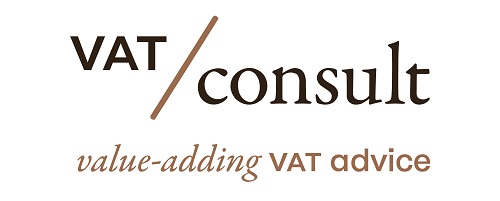This case concerns the calculation of VAT in the context of a supply chain involving four parties registered in three different EU member states. The goods are transported directly to the fourth party in the chain, who has ownership rights over the goods, usually stored in a warehouse or mixed-use facility.
Articles in the EU VAT Directive 2006/112/EC
Article 41 (first paragraph) and 141(c) of the EU VAT Directive 2006/112/EC
Article 41
Without prejudice to Article 40, the place of an intra-Community acquisition of goods as referred to in Article 2(1)(b)(i) shall be deemed to be within the territory of the Member State which issued the VAT identification number under which the person acquiring the goods made the acquisition, unless the person acquiring the goods establishes that VAT has been applied to that acquisition in accordance with Article 40.
Article 141
Each Member State shall take specific measures to ensure that VAT is not charged on the intra-Community acquisition of goods within its territory, made in accordance with Article 40, where the following conditions are met:
(c) the goods thus acquired by the taxable person referred to in point (a) are directly dispatched or transported, from a Member State other than that in which he is identified for VAT purposes, to the person for whom he is to carry out the subsequent supply;
Key Facts
- Company Profile and Transactions: The applicant, a Slovenian VAT-registered company, purchased soya seed and rapeseed products from German suppliers and resold them to Danish companies, identified as shell companies by the tax authority.
- Transportation and VAT Reporting: The applicant organized the transportation of goods directly from Germany to Denmark, reporting these transactions in its VAT returns in Slovenia while indicating a “Reverse Charge” in invoices to customers.
- Delivery Issues: The goods were delivered to various warehouses in Denmark, not directly to the Danish companies, complicating the supply chain and raising concerns about the legitimacy of the transactions.
- Tax Authority Investigation: The Slovenian Tax Authority sought confirmation from Danish authorities regarding the acquisition declarations and VAT payments by the Danish companies, which reported no such transactions or receipt of goods.
- Suspicion of VAT Evasion: The tax authority identified several red flags, including unusual payment methods, late VAT reporting, and the involvement of intermediary operators linked to offshore entities, suggesting the applicant was aware of potential VAT evasion.
- Tax Inspection Findings: The Slovenian Tax Authority assessed the applicant company for VAT obligations for 2015 and 2016, determining a payable VAT amount of €1,802,408.04, along with default interest totaling €458,834.77.
- Triangular Transaction Regulations: The Tax Authority concluded that the applicant could not apply the simplification for triangular transactions because more than two supplies occurred in a single transport operation, impacting the VAT liability location.
- Rejection of Administrative Action: The Finance Ministry upheld the Tax Authority’s findings, stating the transactions did not meet the criteria for genuine triangular transactions, as the goods were not made available to the third party in the supply chain.
- Judicial Action by the Applicant: The applicant contested the decision in the Administrative Court of Slovenia, arguing that the simplification rules could apply to more than three taxable persons in a chain and that delivery logistics did not negate the triangular transaction definition.
- Court Consideration and Referral: The Administrative Court is tasked with determining if genuine triangular transactions occurred and whether the applicant was aware of any VAT system abuse, potentially leading to additional tax liabilities.
Questions
- Should Article 141(c) of the VAT Directive, the non-application of Article 41, first paragraph, of the VAT Directive depending on Articles 42 and 197 thereof, be interpreted to mean that the condition set out in this provision is met when the goods in question are delivered with a single transport action (that is to say, made available or transferred in ownership) to the customer of the customer (and not to the third party in the chain of transactions), who is registered for VAT purposes in the same member state as the third party in the chain of transactions?
- Is it relevant for the fulfillment of the condition of Article 141(c) of the VAT Directive that the party relying on the simplified scheme for triangle transactions is aware of the subsequent delivery?
Depending on the answer to the two questions above, the Upravno sodišče poses the following third question:
- Should Article 41, first paragraph, of the VAT Directive be interpreted in this case to mean that VAT can be levied in the state of identification of the taxpayer who is the second party in the chain of transactions (in Slovenia), without the tax base being reduced in accordance with Article 41, second paragraph, of the Directive, if it is established that the taxpayer knew or should have known that they were participating in transactions that constitute an abuse of the VAT system?
Relevant Jurisprudence:
The case cites recent case law from the Court of Justice of the European Union, including:
- Commission/Hungary (C-580/16): Addressing the interpretation and application of VAT regulations.
- Other Relevant Judgments: Further clarifications on the principles surrounding VAT and intra-community transactions.
Source
- Join the Linkedin Group on ECJ/CJEU/General Court VAT Cases, click HERE
- VATupdate.com – Your FREE source of information on ECJ VAT Cases
Latest Posts in "European Union"
- Do Loyalty Program Points Qualify as Vouchers? CJEU to Decide on VAT Implications
- EU Advocate General: Loyalty Points Not Free for VAT Purposes in Lyko Case
- Court Rules Sudoku Books as Periodicals: Implications for VAT and Tariff Classification
- EU Directive 2025/1539 Enhances IOSS for Improved VAT Compliance and Fair Competition
- ECJ Advocate General: VAT Applies to Lithuanian In-Game Currency Resale Profits














